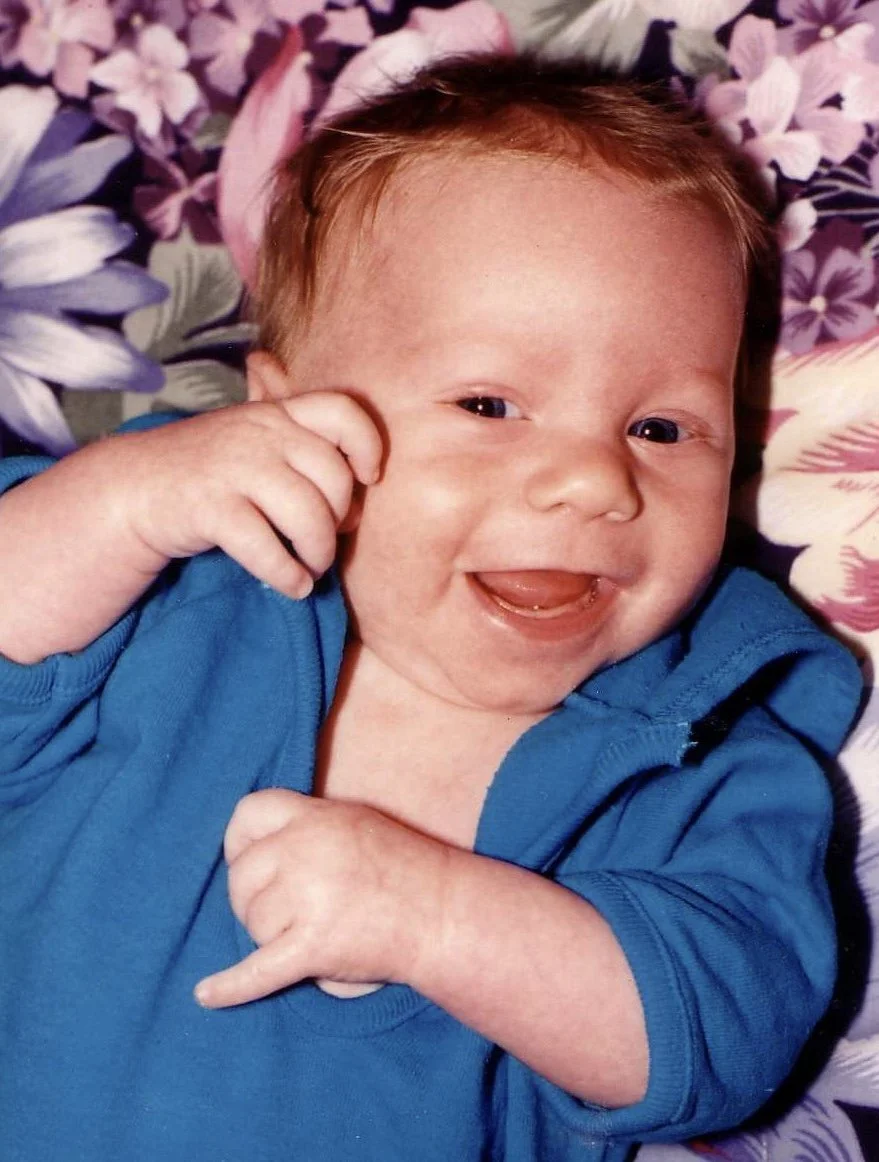The Return of Joy
You’ve heard me say that you need to move through grief to get to the other side, but I haven’t fully explained what happens once you make it through. That’s when you discover that your grief has moved in and taken up permanent residence. It can’t replace the space in your heart that died along with your child, but it can make you feel whole again.
So how, exactly, did you and your grief end up becoming such bosom buddies? Well, your first clue is that you’re different. Your grief has made you at once stronger and softer. You’re laughing and crying more easily, and the things that made you cry before don’t hurt as much or for as long as they used to (which is not to say those things no longer hurt). You also see the world differently than you previously saw it. You sincerely care about the people in your life and the things that really matter, and you no longer have time for the things that don’t.
Your second clue is that you’re able to endure your sadness in a whole new way. Whenever you talk about your child, it’s not as gut wrenching or debilitating as it was before because you’ve endured the worst pain that’s ever been dished out. You’re no longer feeling all of the crappy feelings from the early days because you’ve processed, adjusted, accepted, integrated—whatever word salad you want to call it, you’ve done it. You’ve done the work, you’ve moved through it, and you’ve listened to your heart.
The third clue is that you’re back to living in the world the way you were living in it before your child passed away. You’re going out to dinner with friends again, you’re working out at the gym, swimming, doing yoga, or whatever you used to do to stay in shape. You’re fully reengaged at work, or you’re busy traveling, or you’re reaping the rewards of volunteering. You’re meditating or reading or praying or, if you’re like me, just feeling the cool sand beneath your feet at the beach.
Once again, we’re absorbed in everything life has to offer and our grief is now along for the ride.
But the single biggest clue, the one that comes as such a pleasant surprise, is the return of joy. The first time it hits you, the first time you feel it deep in your heart again, you’ll want to cry, and that may also be the first time in a long time that you’re crying happy tears.
Just the thought of happy tears after all the unhappy ones I’ve shed was a great big hint that my grief and I would be eternally joined at the hip. It happened on the day of the unveiling of Rob’s headstone, a little more than a year after he died. Going to the cemetery kinda sucked, but it was nice to see the sunflowers, four-leaf clover, and his favorite tattoo, “Life Rolls On,” engraved on his memorial. We went with Rob’s friends to this dive bar in Huntington right afterward, and did what Rob would’ve wanted us to do—we got wasted.
I’m usually a cheap date, but we all did tequila shots and toasted Rob with each one while his friends told funnier and more outrageous stories about him as the night wore on (none of which can be repeated here). It was just a great celebration of Rob’s life, and it felt like he was right there with us.
I was laughing and crying all night long, and the room was just overflowing with love and joy. I remember feeling like George Bailey at the end of It’s a Wonderful Life, so happy to be alive and so happy to be there with these people I adore, and from that happy moment on, I knew that everything was going to be okay.
It took another year for me to fully get there and it may take you longer, but you will get there and once you do, there’s no turning back.
Larry Carlat is the author of A Space in the Heart: A Survival Guide for Grieving Parents.

